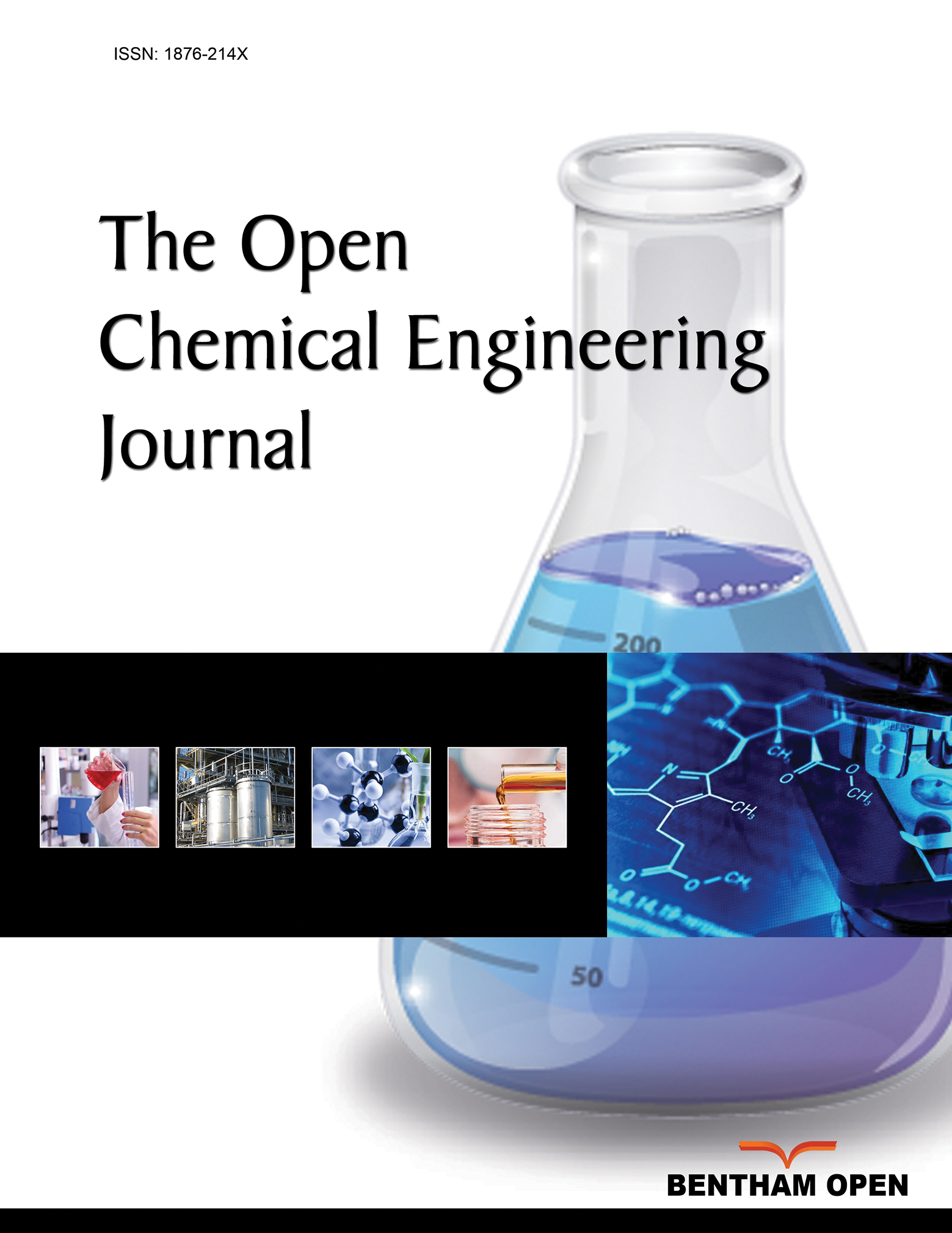All published articles of this journal are available on ScienceDirect.
Preparation and Application of Biochar from Brewery`s Spent Grain and Sewage Sludge
Abstract
Brewery`s spent grain (BSG) and sewage sludge (SS) were used as raw material at the temperature from 400°C to 700 °C and limited oxygen (O<5%) conditions to prepare biochar (BC). One aim is to examine the BC characterization prepared under different temperatures and various proportions of SS. Another aim is to find the optimum preparation conditions of BC for treating wastewater. Results showed BC had more obvious physical and chemical variation between 400°C and 500°C than temperature 600°C and 700°C. pH was followed by 700°C > 600°C > 500°C >4000°C increased from 6.0 to 10.1. FT-IR results showed: BC rich in carboxyl and phenolic hydroxyl which were surface oxygen functional groups. Electron microscope scanning (EMS) analysis results indicated: when the temperature was 400°C, the surface of BC formed tiny holes, but was fuzzy; with the pyrolysis temperature increasing, plug of the hole opened and walls became thinner. BC adsorption results showed: under same pyrolysis temperature, adsorption effects were best under the proportion of SS 80% for ammonia-nitrogen, 100% for phosphorus-containing wastewater, and 10% for chromium (VI) wastewater. BC prepared under higher temperature had the better removal effect for wastewater.


